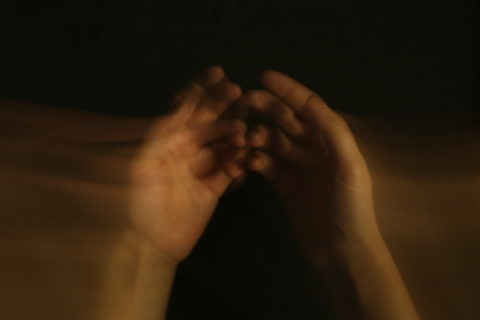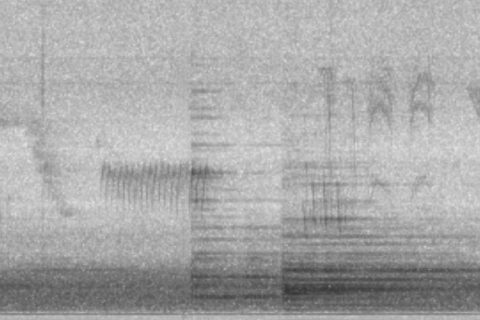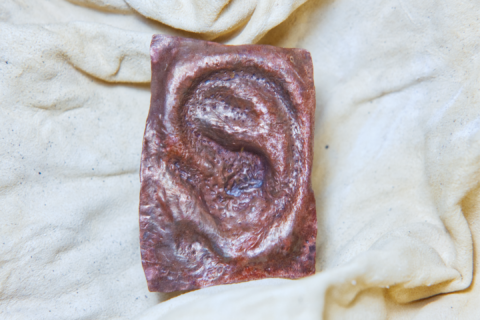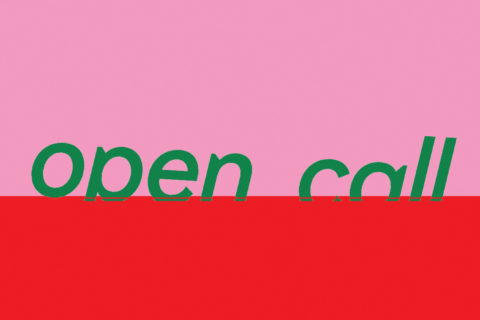Hodhayfa Salih: Urukista Suomeen
24.– 31.5.2017
Avajaiset ti 23.5. klo 17-19
Titanikin studio, Turku
(FI)
Uruk oli muinainen suurkaupunki ja kaupunkivaltio Etelä-Mesopotamiassa, nykyisessä Etelä-Irakissa. Sen alueelta on löydetty arkeologisissa kaivauksissa jäänteitä useista eri aikakausien kaupungeista, joista vanhimmat ovat esihistorialliselta ajalta, mahdollisesti jo 5000-luvulta eaa. Noin vuonna 2700 eaa. kaupungissa hallitsi todennäköisesti sumerilainen kuningas Gilgameš, joka on tunnetuin muinaisen Mesopotamian sankareista ja samannimisen Gilgameš-eepoksen päähenkilö. Eepos kertoo jo varhain jumalaksi julistetun kuninkaan Gilgamešin sekä hänen ystävänsä Enkidun sankariteoista ja kuolemista, ja sitä pidetään usein maailman vanhimpana eepoksena.
Urukista Suomeen -näyttely rakentuu kahden veistoksen ympärille. Toisen veistoksen nimi on Miehitys. Teoksessa oleva lintu näyttää enemmän hirviöltä kuin tavalliselta linnulta. Se on vallannut maata symbolisoivan puun, ja se alkaa rakentaa omaa pesäänsä vieden samalla myös toisten omaisuutta.
Toisen veistoksen Urukista Suomeen teema pohjautuu Gilgameš-eepokseen, ja se kertoo sankarin matkoista hänen etsiessään kuolemattomuutta. Gilgameš kuvaa teoksessa maanpaossa olevia irakilaisia, jotka matkustavat ympäri maapalloa löytyäkseen rauhan.
Hodhayfa Salih (s. 1976 Bagdad) on valmistunut Bagdadin taideyliopistosta kuvataiteilijaksi vuonna 2003 sekä maisteriksi Master of Fine Arts and Crafts -ohjelmasta Harkovan G. S. Skovoroda Kharkiv National Pedagogical University -korkeakoulusta vuonna 2009.
Salih on pitänyt yksityisnäyttelyitä sekä osallistunut lukuisiin kansainvälisin näyttelyihin. Hänen teoksiaan ovat myyty niin hänen kotimaassaan kuin Euroopassa, Aasiassa, Lähi-Idässä ja Pohjois-Amerikassa. Hän on Iraqi Artists’ Association sekä Ukrainian Union of Artists -yhdistysten, Helsingin Taiteiljaseuran, Iraqi Plastic Co-operative -osuuskunnan jäsen ja nykytaiteen ”Nusku” -taiteilijayhdistyksen perustajajäsen.
_________
(ENG)
From Uruk to Finland
The exhibition is titled From Uruk to Finland. Uruk was an ancient metropolis and city state in southern Mesopotamia, the southern Iraq today. In archaeological excavations, there have been finds of remains of the cities from several eras, of which the oldest are from prehistoric times, perhaps already from the 5th century BC. Around 2700 BC the city was probably ruled by Sumerian King Gilgameš, the most famous of the ancient Mesopotamian heroes and the protagonist of the Gilgameš epic. The epic is the story of King Gilgameš, who has been also proclaimed to be God, and his friend Enkidu’s heroic deeds and their deaths. The epic is often considered as the earliest surviving and still well-known great work of literature of the world.
The exhibition From Uruk to Finland is built around two sculptures. The first sculpture, titled Occupation, includes a bird, which looks more like a monster than a regular bird. This creature has occupied a tree, which symbolizes the country, and it begins to build its own nest by taking away wealth from the others at the same time.
The second sculpture is called From Uruk to Finland. The theme is based on the Gilgamesh epic and tells the hero’s story of travelling to find immortality. Gilgameš represents Iraqi people today who travell all around the world to find peace.
Hodhayfa Salih was born in Baghdad in 1976. He graduated as a visual artist from the Baghdad Art University in 2003 and he obtained Master of Fine Arts and Crafts from G.S. Skovoroda Kharkiv National Pedagogical University in 2009.
Salih’s work has been widely exhibited internationally. His work is in collections in Europe, Asia, the Middle East and North America. He is a member of the Iraqi Artists’ Association, the Iraqi Plastic Co-operative, the Ukrainian Union of Artists, the Helsinki Artists’ Association and a founding member of the contemporary “Nusku” artist association.




